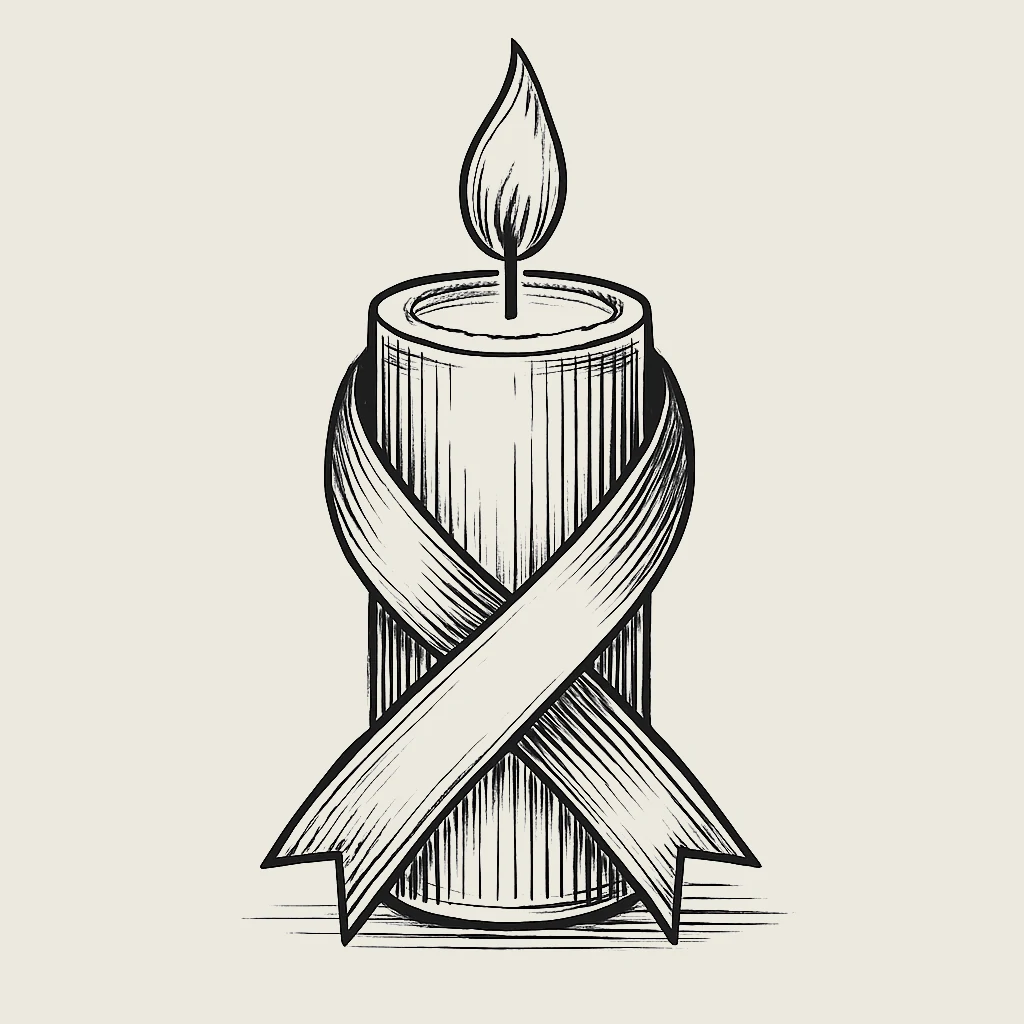How Tatars Bury the Dead: Traditions and Rituals
Introduction
Among various peoples who practice Islam, the Tatars have distinct traditions and rules concerning farewells to the deceased. Traditional funerals among Tatars hold special significance and strictly follow religious canons. Understanding how Tatars bury their dead requires exploring rituals that combine spiritual, cultural, and historical elements.
Preparation for Death
In Tatar families, preparations for passing begin in advance. Women prepare white fabric for the shroud, as well as towels and items for sadaqah. This preparation symbolizes respect for the forthcoming transition to the afterlife. It's important to note that the shroud is sewn by hand, without using scissors or knots, and the fabric is torn by hand. These customs are respected and passed down through generations.
The Final Hours of the Dying
When a person is on their deathbed, they are turned to face Mecca. In the final moments, verses from the Qur'an are recited. If the dying person cannot say the prayer, relatives do it on their behalf. The lips are moistened with water — it is believed this helps resist the temptation of a demon offering water in exchange for faith. At this moment, the soul of the deceased is especially vulnerable, and everyone around prays for forgiveness of sins and a peaceful passing.
Ritual After Death
Immediately after death, a metal object — scissors or a nail — is placed on the deceased's chest. This is done for protection from evil spirits. The body is covered with a white cloth, and the face is veiled with a specially prepared scarf. No food is consumed in the room with the deceased — only tea is allowed during the night vigil. According to tradition, the deceased must not be left alone — elders must remain nearby.
Washing of the Body
The ritual washing of the deceased is an obligatory part of the rite. It is performed by people of the same gender as the deceased. At least three people participate in the ritual: one pours water on the body, another hands over the water, and a third recites prayers. Warm water and aromatic infusions are used. Buckets are placed on special towels. All actions are carried out with reverence and attention to detail.
Funeral Clothing
After the washing, the next stage is dressing in funeral attire. Men are dressed in a shirt, apron, and turban, women — in a headscarf and long dress. Then the deceased is wrapped in the shroud. Each piece of clothing has sacred meaning and adheres to Muslim canons. These elements highlight the respect for the deceased and their right to appear before the Creator in a pure and whole state.
Grave Preparation
Men dig the grave, oriented toward Mecca. A niche is formed in the side wall and reinforced with bricks. If the soil is unstable, a wooden canopy is installed. Until the funeral, the grave is not left unattended. Sometimes a metal object is placed inside. This organization helps protect the body from external influences and emphasizes the sacredness of burial in Islam.
Funeral Procedure
On the day of the funeral, the deceased is carried out feet first on special stretchers. Women do not participate in the ceremony — they escort the deceased to the threshold and return home. Verses from the Qur'an are read at the cemetery. The deceased is lowered into the grave using towels. Sometimes they are seated in the niche, as prescribed by ancient traditions. Three men place the body, seal the niche with bricks, and fill in the grave. Emotions are restrained — overt displays of grief are considered inappropriate.
Traditions and Taboos
According to custom, food, candles, flowers, and photographs must not be brought to the cemetery. After the funeral, the home is thoroughly cleaned, and items that came into contact with the deceased are washed. For 40 days, the soul may return home as a butterfly or bird. A light is left on to help it find its way. It is also customary to confuse the tracks on the way back from the cemetery and not look back — to avoid bringing an evil spirit into the home.
Memorial Rituals
Memorials are held in several stages: on the 3rd, 7th, 40th, 52nd days, and one year later. All dishes on the table must be halal. Typically, soup, meat with a side dish, noodles, and sweet pastries are served. Prayers are recited before and after the meal. Guests receive sadaqah — towels, sweets, or money. This charity symbolizes gratitude for support and assistance.
Elements of Ancient Beliefs
Despite the strictness of Muslim canons, pagan elements remain in the rituals. For example, wearing a metal object on the chest and beliefs in evil spirits — җен. It is believed they can enter the home through the soul if it has not found peace. Protection comes through prayers and rituals passed down from ancestors. All of this makes Tatar funerals unique among other peoples.
Conclusion
In conclusion, Tatar funerals are not merely a religious rite, but a complex ritual uniting faith, traditions, and ancient worldviews. Observance of canons, respect for the deceased, and the distinct roles of men and women — all of this highlights the unique approach and deep roots in spiritual culture. This approach shows the profound reverence with which Tatars bid farewell to their loved ones.
Read also:




